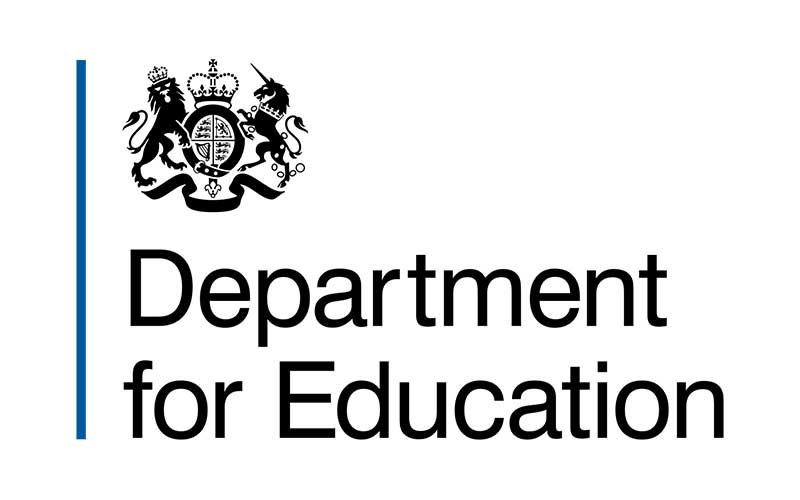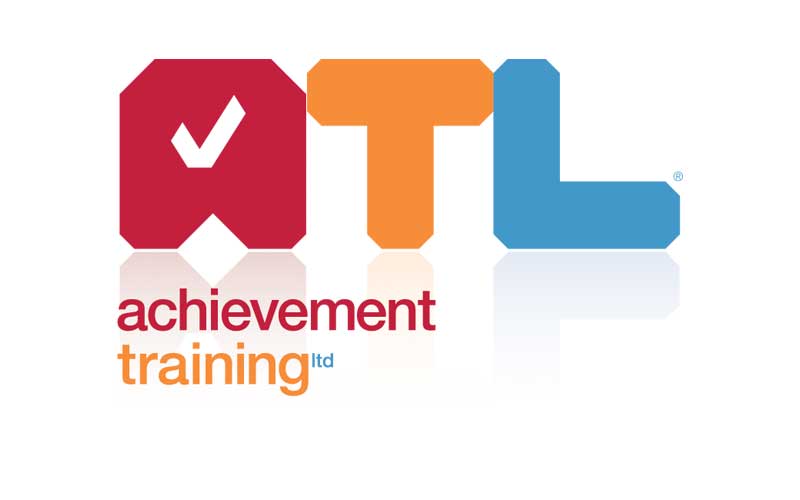Claire Stevens is the Quality and Performance Manager at On Course SW, and in this video she explains what we mean when we say ‘Trauma’, and describes the different types of trauma people can experience; such as one off events, or exposure to trauma over a longer time period.
Claire goes on to explain how trauma can result in a wide range of different symptoms within individuals, such as difficulty regulating emotions, controlling their anger, they can experience anxiety, or lose their appetite. It’s important to recognise these signs so you can identify and offer support to a young person you suspect has, or currently is experiencing trauma.
Young people who have witnessed or experienced any of the Ten Adverse Childhood Experiences are also prone to trauma, and Claire explains how these can be particularly impactful for younger children. Claire also describes how certain ‘triggers’ can cause young people to become re-traumatised, and it’s important to understand when a young person is vulnerable to this, and how best you can deal with the situation without making it worse.
Brain development and brain structure are proven to be affected by trauma, changing the way a traumatised child can think and behave, Claire explains how important it is to remember this when dealing with a young person suffering with trauma.





